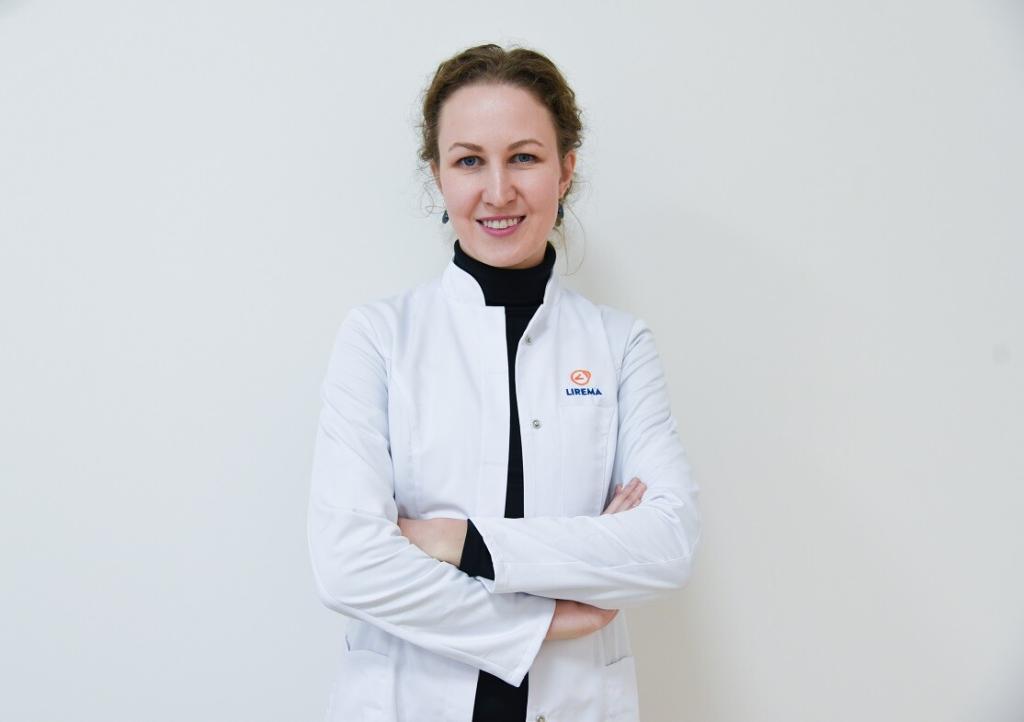Swelling of the eyelids, heaviness, reddening of the skin, recurrent inflammation of the eyelids, eye fatigue, irritation, headache, the constant tension in the forehead, twitching and trying to keep the eyes as wide open as possible – the upper eyelids plastic surgery usually eliminates symptoms as such.
Dated back to the 15th century, an eyelid plastic procedure called blepharoplasty has become one of the most popular body plastic treatments after rhinoplasty surgery in recent years.
According to Vilija Danilevičienė, a microsurgeon at the Lirema Eye Clinic, the fall of the upper eyelids is determined by human genetics, environmental influences and ageing processes when the skin loses elasticity due to collagen and elastane and slumps down because of gravity.
“These processes usually start around the age of 40 and progress with age. Eyelid plastic surgery usually is performed more on women than men as women pay more attention to their appearance, maintaining excellent facial shapes for longer. In addition, with the appearance of excess skin, there are difficulties in using make-up products,” says V. Danilevičienė.
The Procedure is Available to Almost Anyone
Blepharoplasty is a long-term operation, the results of which the patient can enjoy for many years, and the number of procedures performed globally constantly growing.
“The good news is that unpleasant symptoms can be removed and eyelid surgery can be performed on almost anyone, but smoking, medication and systemic diseases such as diabetes, heart, thyroid disease, clotting disorders, etc., which can affect bleeding, should be considered during the operation, in the postoperative period, for the healing and scarring processes”, says the doctor.
According to V. Danilevičienė, a doctor should be consulted if the symptoms mentioned above occur or start to bother or if the cosmetic view is not good enough. In this case, when the patient arrives for a consultation, the ophthalmologist assesses whether the operation will be suitable for him, completely safe and sets the time for the procedure.
“Eyelid surgery is painless, performed under local anaesthesia and lasts up to an hour. An incision is made in the upper eyelid fold, the skin and excess fat deposits are removed, and the defect is sutured. Immediately after the procedure, the patient is free to go home,” explains the surgeon.
Healing takes about two weeks, during which time there is a reduction in bruising, swelling of the skin and removal of threads. After the eyelids have healed, the scar, hidden in the fold of the eyelid, remains almost invisible.
Timing is Key
According to the microsurgeon, the skin removed during the operation will not regenerate, but the eyelid lifting procedure will not eliminate laughter, wrinkles or dark undereye circles.
“Eyelid surgery is usually performed once in a lifetime, but other areas of the face, such as the eyebrows, forehead and eyes, can gradually diminish over time due to ageing or a poor lifestyle,” the doctor warns.
Removing excess skin folds and improving patient vision resolves eye irritation, inflammation, or even headaches. The patient should schedule a doctor’s visit promptly until the condition is severe.
To prevent eyelids from falling, it is important to limit harmful habits, strengthen facial muscles, avoid rubbing eyelids, introduce a proper sleep routine, use quality make-up and facial care – all this may delay the onset of symptoms or the need for surgical treatment,” concludes V. Danilevičienė.
